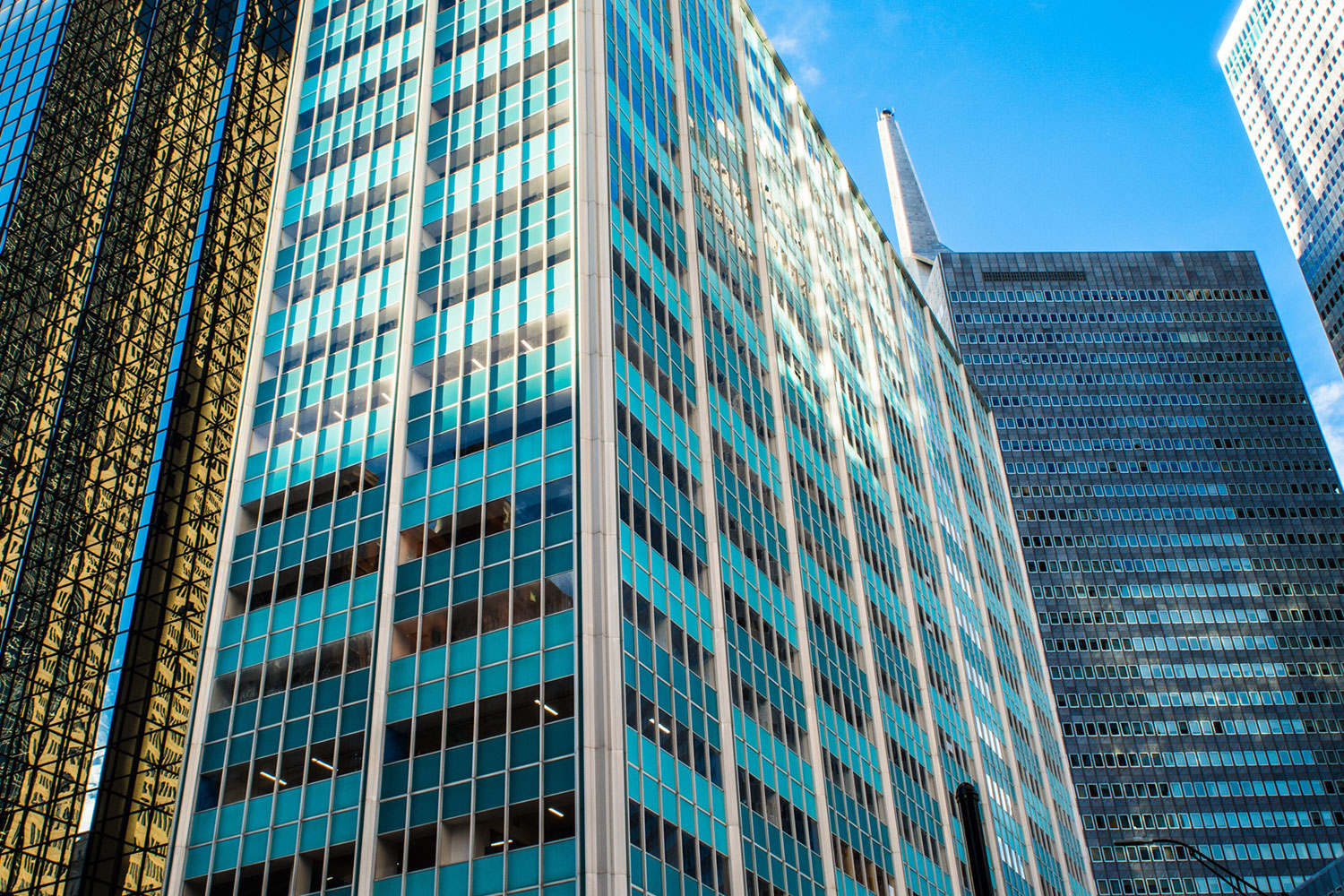The two main forms of energy retrofits – conventional and deep energy retrofits – can be applied to commercial buildings, including offices, public buildings, schools and other institutions. Deep energy retrofits achieve much greater energy efficiency by taking a whole-building approach to address many systems at once. A deep energy retrofit combines measures such as energy-efficiency equipment, air sealing, moisture management, controlled ventilation, insulation and solar control so that energy savings are achieved alongside optimal building performance.
One option for local governments looking to encourage commercial building energy retrofits is PACE programs. PACE (property assessed clean energy) is a financing mechanism that allows property owners to finance energy-efficiency and renewable-energy projects as a property tax assessment. The debt is typically secured by a senior lien on the property, which helps programs attract private capital at competitive rates and terms.
BENEFITS
ENVIRONMENT
- Reduce energy usage, leading to reduced costs
- Reduce carbon dioxide emissions
EQUITY
- Improve community stature
- Provide marketing and public relations value
- Create jobs and contribute to workforce training
ECONOMIC
- Raise rent premiums
- Increase occupancy rates
- Increase worker productivity
- Reduce employee sick days
- Enhance ability to attract and retain employees
- Reduce operating costs
BARRIERS TO IMPLEMENTATION
INSTITUTIONAL
The largest institutional challenge to establishing a commercial energy retrofit program stems from the fact that at one end of the spectrum large, centralized players control a substantial portion of the total floor space, while at the other end myriad small, local players each control a relatively small portion. Creating a program that can work at both ends of this spectrum can be difficult.
FINANCIAL
In general, it is hard for commercial retrofit projects to get funding through traditional means. Projects don’t receive external financing because liens on newly installed equipment would require the consent of the primary mortgage holder, no contracted mechanism exists to ensure that cost-savings from lowered energy bills will be applied to loan repayment, and the premium market value of high performance buildings has not yet been fully incorporated into the appraisal process. Projects often do not receive internal funding because, while the return on investment is high, most retrofit projects are too small to justify the trouble and effort. Also, when retrofit costs and energy cost-savings are passed from landlord to tenant, some capital improvement costs are amortized over a long period, extending the payback period for the landlord.
POLITICAL
The political barriers are similar to the institutional, in that they focus primarily on market fragmentation and the challenges of creating a program that serves both large- and small-scale commercial building owners. An additional question is whether there is political will to implement this type of program at all.
CASE STUDY
EMPIRE STATE BUILDING
Beginning in 2008, an effort has been underway to retrofit the Empire State Building to make it the most energy-efficient pre-World War II building in the world. The primary motivation for the project was ownership’s desire to prove or disprove the cost effectiveness of energy retrofits. Secondary motivation included a desire to reduce greenhouse gas emissions and operating costs. Lastly, ownership wanted to address other aspects of sustainable operations, including issues such as water conservation, recycling, reuse of building materials, reduction of chemicals and pollutants, and indoor air quality.
STRATEGIC PARTNERS
The Empire State Building Company has partnered with the Clinton Climate Initiative, Jones Lang LaSalle, Rocky Mountain Institute, Johnson Controls Inc., and the New York State Energy Research and Development Authority on this work.
FINANCING
The total incremental cost for efficiency beyond planned infrastructure upgrades is $13.2 million. Some funding within the existing capital budget was re-allocated to different projects, while some funding was removed as projects were deleted, and other funding was added to support new efficiency projects. A financing solution that covers funding all costs and spreads all payments over the performance period or term is in development. Implementation period draws will be required monthly through the 18-month implementation schedule to meet construction requirements. The owner is seeking project financing that can be paid back over a 15- to 20-year period, depending on the offers available from respective financial institutions.
IMPLEMENTATION
The retrofit consists of eight separate projects: Radiative Barrier; Tenant Demand Control Ventilation; Tenant Daylighting, Lighting, and Plugs; Balance of Direct Digital Controls; Chiller Plant Retrofit; VAV Air Handling Units; Building Windows; and Tenant Energy Management.
LESSONS LEARNED
- For an energy-efficiency retrofit to be cost-effective, it needs to align with the planned replacement or upgrade of multiple building systems and components.
- Energy-efficiency retrofits require the coordination of key stakeholders, including building management, property managers, tenants, and building science representatives (e.g., architects, engineers, energy modelers).
- The current cost of energy and/or energy-efficiency technologies means there will be a gap between the socially desirable amount of carbon dioxide reduction and the financially beneficial amount of carbon dioxide reduction from the building owner’s perspective.
OTHER PROJECTS
- Denver Federal Center
- US Treasury Building
MUNICIPAL PACE PROGRAMS
- San Francisco Commercial PACE program
- Edina, MN Commercial PACE program
- Sonoma County Commercial PACE program
- South Florida Commercial PACE program
- Los Angeles County Commercial PACE program
REFERENCES
- Pike Research, “Energy Efficiency Retrofits for Commercial and Public Buildings”
- Empire State Building
Download

